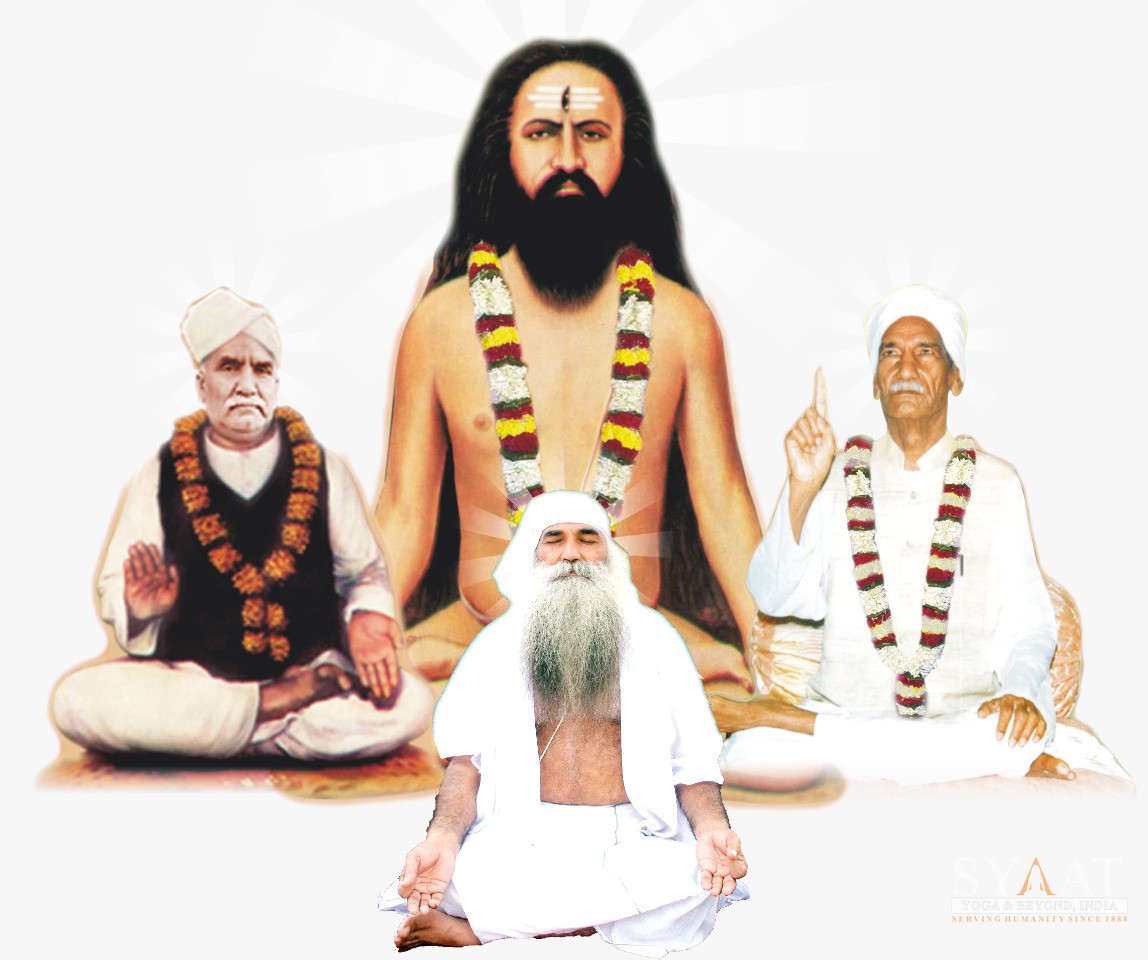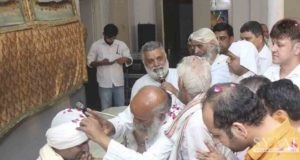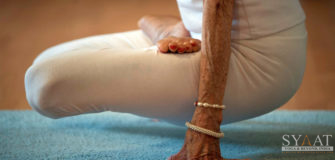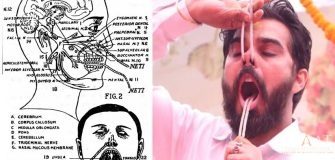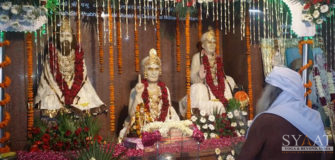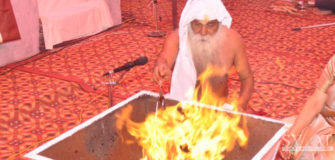Role of Yoga In Sports

Yoga can do wonders in the field of sports, says Mr K.D. Thapar, the former Deputy Director and Chief Soccer Coach, Netaji Subhash National Institute of Sports, Patiala. The year around activity of any sportsman can be generally divided into four parts :
- Preparatory Period : During the early part of this period, sportsman concentrates on basic exercises to gain strength and build muscles. Be it any field game, the strength acquired by these exercises is of little use if the body is not supple or flexible. For example, in games like athletics, badminton, gymnastics, football, hockey and others, the aspect is of utmost importance. It is in this area that yoga plays a very important role. A layman must have watched a yogi bending his arms, legs and other parts of body as he or she likes. There are many asanas which not only give strength but also help in achieving highest degree of flexibility.
At times, fatness is taken to be a sign of health unless it makes one look flabby and out of shape. It is needless to say that it is a wrong notion. In fact fatness heralds the beginning of the end of sports career of a sportsman. It is common knowledge that many fat people have successfully reduced fatness by taking to yoga. Yoga reduces fat both with the help of asanas and controlled and balanced diet.
The second part of the preparatory period is solely devoted to learning tactics in a particular game. In games like archery and shooting, a wavery mind shoot anything but the target. Once again yoga provides an answer to the problem. Yoga not only gives a good eyesight, a boon for archers and shooters, but also helps in achieving highest degree of concentration.
- Competitive Period : The preparatory period is followed by the competitive period during which a sportsman takes part in a competition. During competition, a sportsman faces different problems. The main problem is tension. Because of big money is almost all sports these days and high stakes involved, a sportsman is bound to be tense. It often results into sleepless nights. Under such circumstances no sportsman can give out his best on the field. He fails to achieve laurels both for himself and for the country. Failure to achieve desired results even after long training and hard work has an adverse effect on the sportsman. Yoga helps in relieving all tensions and gives a very sound sleep under any situation. A good performance helps a sportsman psychologically to show better results in future.
During a match the pulse rate of a player generally increases threefolds to that of a normal person. The most effective way to bring down the pulse rate is once again yogasanas.
- Maintenance Period : Maintenance period precedes another preparatory period. As the word suggests, during maintenance period a sportsman has to maintain strength, stamina and skill acquired through training and actual participation in games. One, generally, tends to be lethargic in this period which results in ones deterioration. Yoga does not consume much time and also, because one can practise it at home, it is definitely the best way to maintain one self.
- After maintenance, a sportsman goes through yet another preparatory and competitive period and finally steps into the last period of sporting activity in a year. In this period the sportsman essentially takes rest before going into another cycle. Yoga can be practised in this period also without any harm.
In fact yoga cab be on practised all the days in a year and without many facilities whereas most of the exercises (games) cannot be done everyday because of one reason or another.
My hobby of commenting on big games like cricket test matches, world cup hockey, asian games and Jawaharlal Nehru gold cup football tournament gave me ample opportunity to interact with the sportsmen and coaches from all over the world, Through yoga originated from India, it would be surprising to know that sportsman all over world practise it is different form. In some of the countries, the same yogic exercises are known as “CALISTHENIC”. There is no denying that yoga has the potential. It is to be practised, to be believed.


